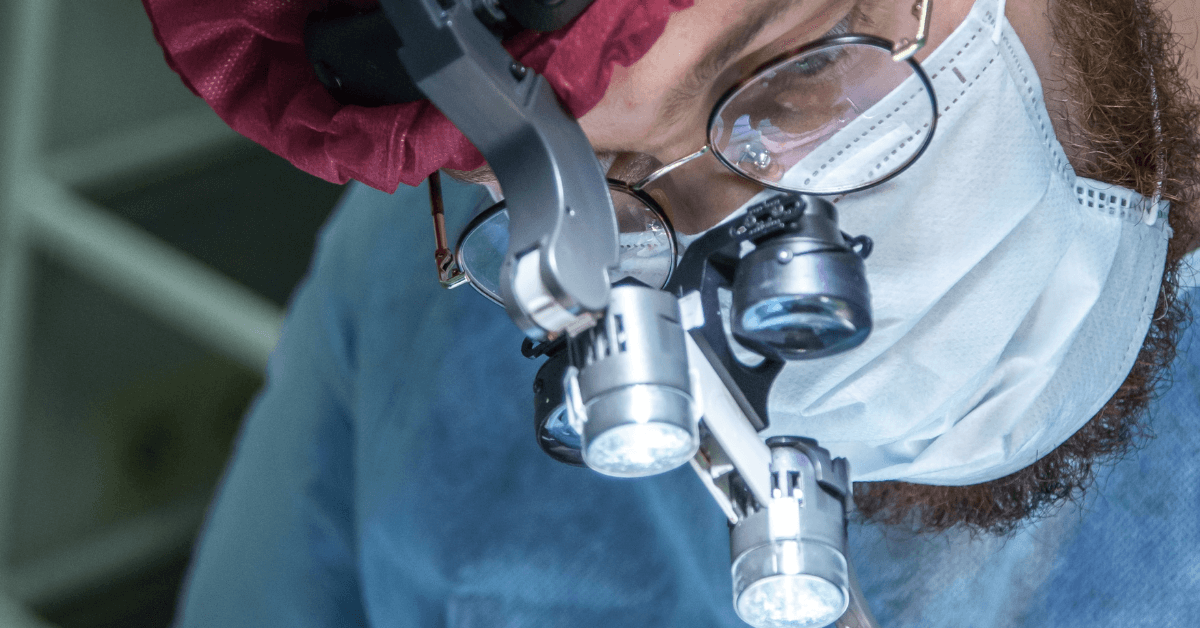In the past year of the COVID pandemic, we’ve learned about the strengths, challenges, and opportunities in the medical device industry (see Selling in the Medical Device Industry – Lessons Learned from COVID 19). In order to explore these in more depth, it’s important to understand that this is a very diverse industry with a very wide range of products and selling models. There are three high-level categories of medical devices. Let’s talk about these categories and how they are marketed and sold before exploring the potential impact and benefit of eCommerce in the medical device market.

Durable Medical Equipment (DME) – DME’s are medically necessary assistive products that are used at home by the patient. These include wheelchairs, crutches, canes, blood sugar monitors, shower chairs, etc. By definition, a DME must be reusable, used at home, and for a specific medical purpose. Generally, DME must have a useful life span of 3+ years. Devices are covered by insurance when prescribed by a doctor for a specific therapeutic purpose after a professional examination. Since many DME are prescribed for geriatric patients, Medicare coverage is a big driver in this market. Medicare only covers devices provided by an approved supplier, and there is a specific process for obtaining this approval. In the U.S., DME accounts for about 2% of medical spend. As the U.S. population ages, personal mobility products have become a growing segment of the DME market.
Medical Facility Equipment – Every medical facility requires on-premises devices which are used in the course of providing patient care. These are durable equipment which are used in the facility setting. This category includes such products as autoclaves, external defibrillators, blood pressure monitors, thermometers, stethoscopes, otoscopes, ophthalmoscopes, centrifuges, microscopes, etc. Since this type of equipment can represent a significant cost to providers and cannot be billed directly to patients, return on investment, equipment reliability, support, and longevity, are factors in the purchasing decision. Medical providers may choose to lease equipment instead of buying. Facilities may purchase directly from the manufacturer or through a distributor. Many medical suppliers market both their own products plus other brands in a single eCommerce experience.
Medical Implants & Prosthetics – These are devices inserted into the human body to replace a missing body part, support a damaged body part, or modify an important body function. These include orthopedic rods, pins, and screws, artificial hip joints, and cardiac pacemakers. Typically, these products are selected by the physicians who install them, not the facility where they operate. This is a relationship sales model, with manufacturers’ representatives providing training and operating room support as well as hospital inventory management. Americans receive about 370,000 pacemakers and 1 million artificial joints every year. These devices are not billed separately to insurance or patient but as a part of the total charge for the procedure, so pricing is obscured. In the U.S., implants must be FDA approved. The vast majority of devices are approved through the FDA 510(k) process, in which a company basically states that their new product is substantially equivalent to an approved existing product, which generally does not require additional clinical testing.
Clearly, marketing and selling medical equipment isn’t one-size-fits-all. Each category has different decision makers and decision drivers. In future blog posts, we’ll explore some of the trends and opportunities in this dynamic market.




